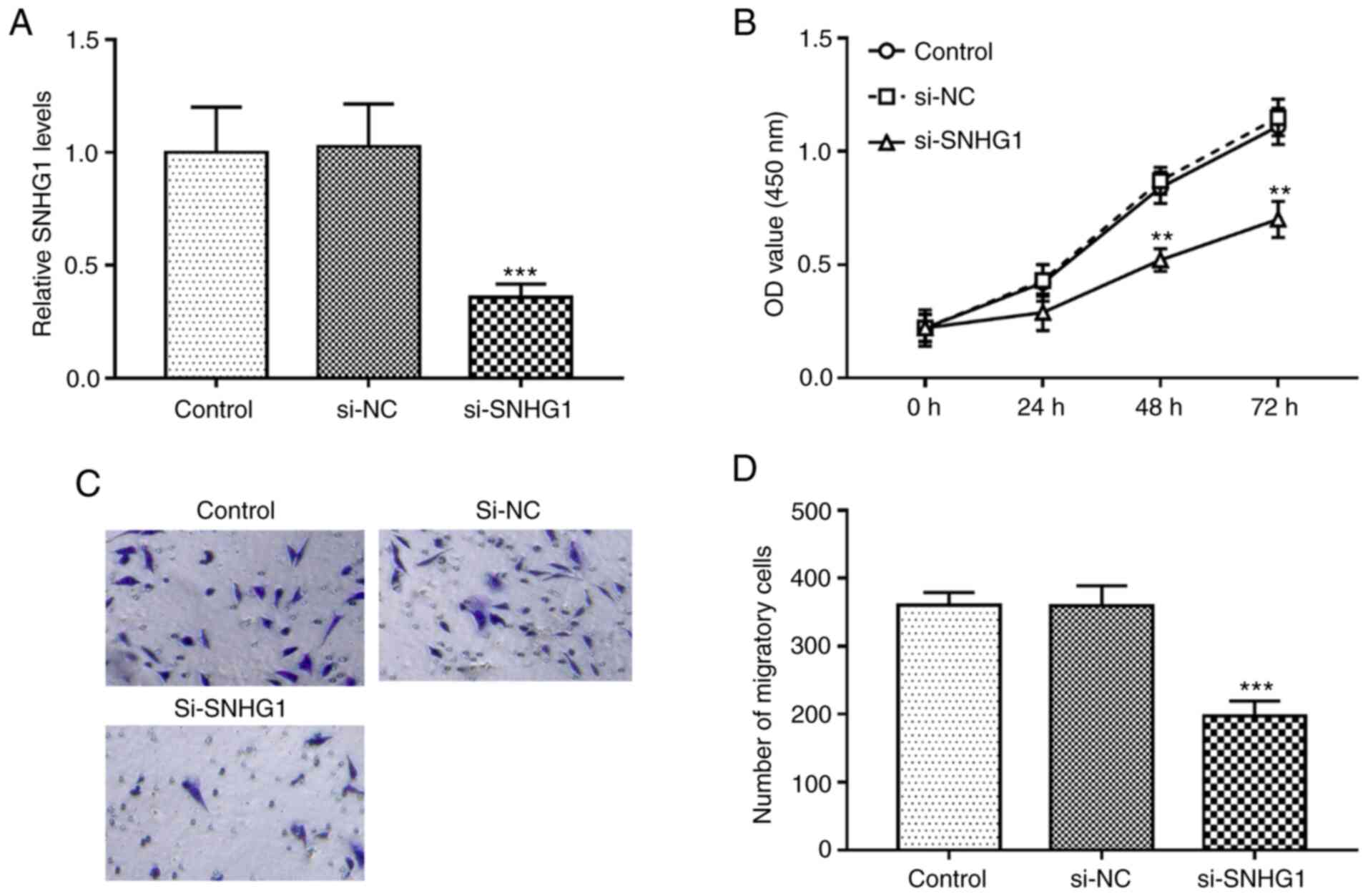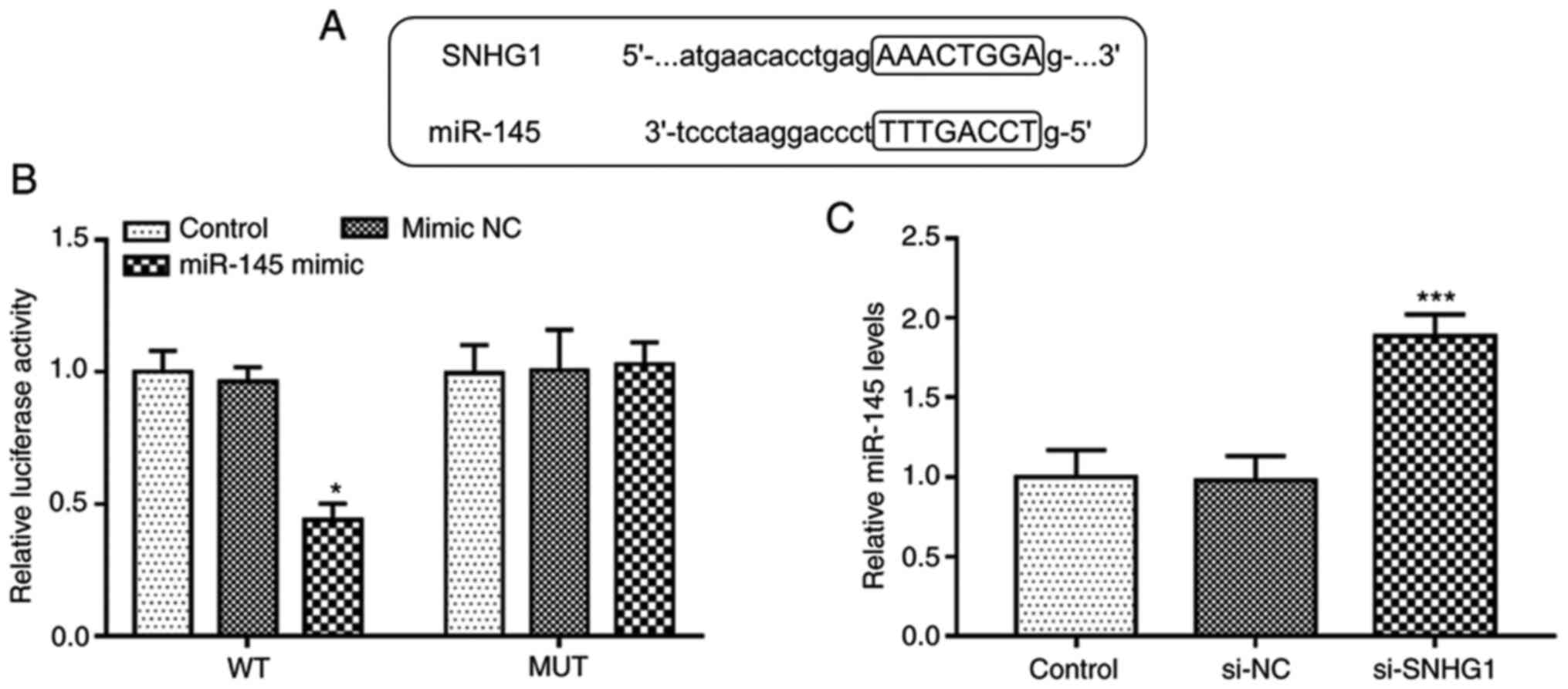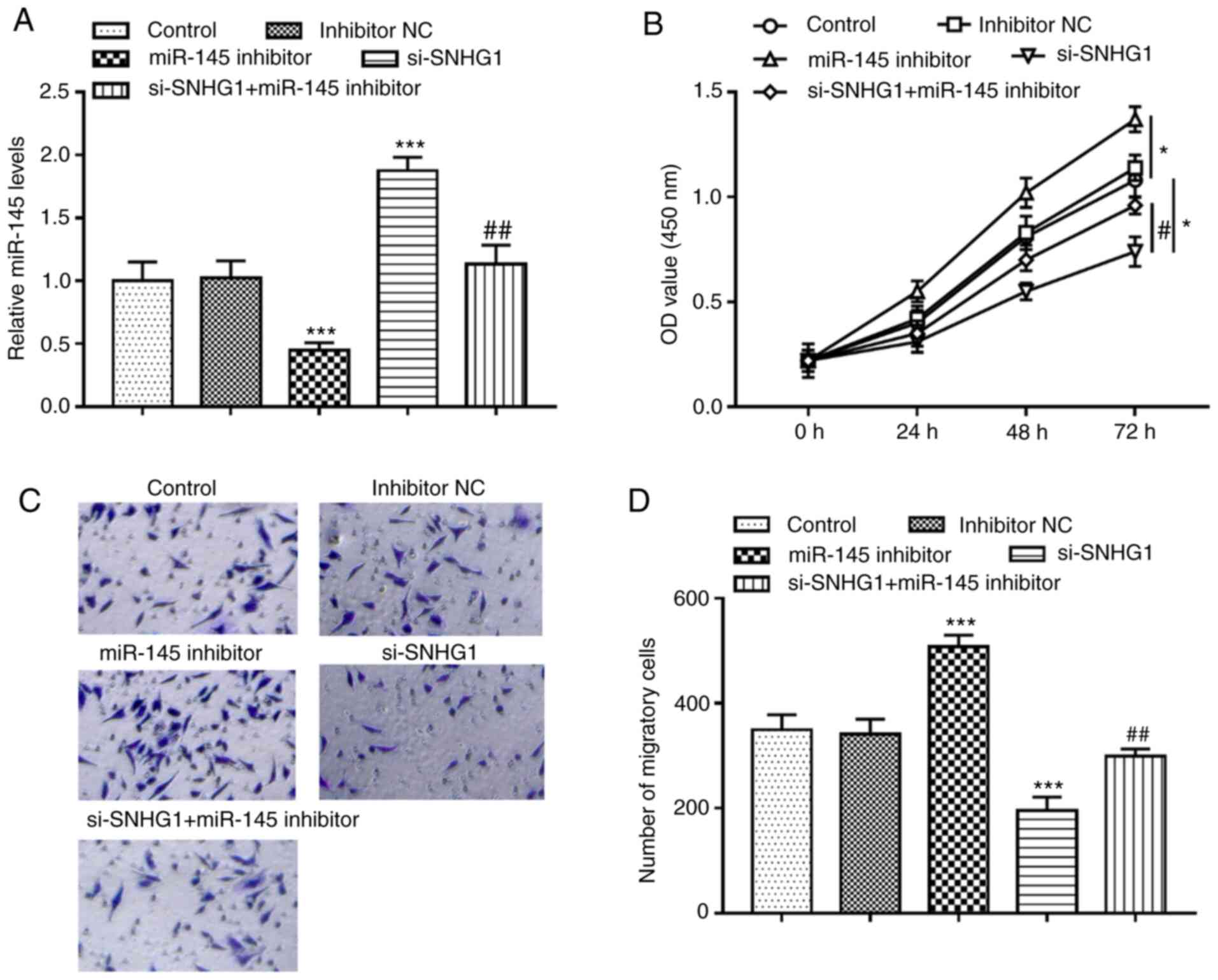|
1
|
Berman SS, Bernhard VM, Erly WK, McIntyre
KE, Erdoes LS and Hunter GC: Critical carotid artery stenosis:
Diagnosis, timing of surgery, and outcome. J Vasc Surg. 20:499–508.
1994.PubMed/NCBI View Article : Google Scholar
|
|
2
|
Puccinelli F, Roffi M, Murith N and
Sztajzel R: Management of carotid artery stenosis. Rev Med Suisse.
13:894–849. 2017.PubMed/NCBI(In French).
|
|
3
|
Kelly R: Selections from current
literature: Prevention of stroke in non-rheumatic atrial
fibrillation and carotid artery stenosis. Fam Pract. 9:231–236.
1992.PubMed/NCBI View Article : Google Scholar
|
|
4
|
Cheng SF, Brown MM, Simister RJ and
Richards T: Contemporary prevalence of carotid stenosis in patients
presenting with ischaemic stroke. Br J Surg. 106:872–878.
2019.PubMed/NCBI View Article : Google Scholar
|
|
5
|
Ijas P, Nuotio K, Vikatmaa P and Soinne L:
Carotid artery stenosis as predictor of the risk of cerebral and
cardiac infarction. Duodecim. 130:2193–2200. 2014.PubMed/NCBI(In Finnish).
|
|
6
|
Fanelli F, Boatta E, Cannavale A, Corona
M, Lucatelli P, Wlderk A, Cirelli C and Salvatori FM: Carotid
artery stenting: Analysis of a 12-year single-center experience. J
Endovasc Ther. 19:749–756. 2012.PubMed/NCBI View Article : Google Scholar
|
|
7
|
AbuRahma AF, Abu-Halimah S, Hass SM,
Nanjundappa A, Stone PA, Mousa A, Lough E and Dean LS: Carotid
artery stenting outcomes are equivalent to carotid endarterectomy
outcomes for patients with post-carotid endarterectomy stenosis. J
Vasc Surg. 52:1180–1187. 2010.PubMed/NCBI View Article : Google Scholar
|
|
8
|
Frismantiene A, Philippova M, Erne P and
Resink TJ: Smooth muscle cell-driven vascular diseases and
molecular mechanisms of VSMC plasticity. Cell Signal. 52:48–64.
2018.PubMed/NCBI View Article : Google Scholar
|
|
9
|
Zhang MJ, Zhou Y, Chen L, Wang YQ, Wang X,
Pi Y, Gao CY, Li JC and Zhang LL: An overview of potential
molecular mechanisms involved in VSMC phenotypic modulation.
Histochem Cell Biol. 145:119–130. 2016.PubMed/NCBI View Article : Google Scholar
|
|
10
|
Yuan Y, Liu X, Hao S, He Q and Shen Z:
Plasma levels of miR-143 and miR-145 are associated with coronary
in-stent restenosis within 1 year of follow-up after drug-eluting
stent implantation. Ann Transl Med. 8(756)2020.PubMed/NCBI View Article : Google Scholar
|
|
11
|
He M, Gong Y, Shi J, Pan Z, Zou H, Sun D,
Tu X, Tan X, Li J, Li W, et al: Plasma microRNAs as potential
noninvasive biomarkers for in-stent restenosis. PLoS One.
9(e112043)2014.PubMed/NCBI View Article : Google Scholar
|
|
12
|
Lu Q, Shan S, Li Y, Zhu D, Jin W and Ren
T: Long noncoding RNA SNHG1 promotes non-small cell lung cancer
progression by up-regulating MTDH via sponging miR-145-5p. FASEB J.
32:3957–3967. 2018.PubMed/NCBI View Article : Google Scholar
|
|
13
|
Tian T, Qiu R and Qiu X: SNHG1 promotes
cell proliferation by acting as a sponge of miR-145 in colorectal
cancer. Oncotarget. 9:2128–2139. 2018.PubMed/NCBI View Article : Google Scholar
|
|
14
|
Lan X and Liu X: lncRNA SNHG1 functions as
a ceRNA to antagonize the effect of miR-145a-5p on the
down-regulation of NUAK1 in nasopharyngeal carcinoma cell. J Cell
Mol Med. 23:2351–2361. 2019.PubMed/NCBI View Article : Google Scholar
|
|
15
|
Li L, Mao D, Li C and Li M: miR-145-5p
inhibits vascular smooth muscle cells (VSMCs) proliferation and
migration by dysregulating the transforming growth factor-b
signaling cascade. Med Sci Monit. 24:4894–4904. 2018.PubMed/NCBI View Article : Google Scholar
|
|
16
|
Yang X and Zi XH: lncRNA SNHG1 alleviates
OGD induced injury in BMEC via miR-338/HIF-1α axis. Brain Res.
1714:174–181. 2019.PubMed/NCBI View Article : Google Scholar
|
|
17
|
Liang S, Ren K, Li B, Li F, Liang Z, Hu J,
Xu B and Zhang A: lncRNA SNHG1 alleviates
hypoxia-reoxygenation-induced vascular endothelial cell injury as a
competing endogenous RNA through the HIF-1α/VEGF signal pathway.
Mol Cell Biochem. 465:1–11. 2020.PubMed/NCBI View Article : Google Scholar
|
|
18
|
Gasecki AP, Hachinski VC, Mendel T and
Barnett HT: Endarterectomy for symptomatic carotid stenosis. Review
of the European and North American symptomatic carotid surgery
trials. Nebr Med J. 77:121–123. 1992.PubMed/NCBI
|
|
19
|
Livak KJ and Schmittgen TD: Analysis of
relative gene expression data using real-time quantitative PCR and
the 2(-Delta Delta C(T)) method. Methods. 25:402–408.
2001.PubMed/NCBI View Article : Google Scholar
|
|
20
|
Moresoli P, Habib B, Reynier P, Secrest
MH, Eisenberg MJ and Filion KB: Carotid stenting versus
endarterectomy for asymptomatic carotid artery stenosis: A
systematic review and meta-analysis. Stroke. 48:2150–2157.
2017.PubMed/NCBI View Article : Google Scholar
|
|
21
|
Luo T, Cui S, Bian C and Yu X: Crosstalk
between TGF-β/smad3 and BMP/BMPR2 signaling pathways via miR-17-92
cluster in carotid artery restenosis. Mol Cell Biochem.
389:169–176. 2014.PubMed/NCBI View Article : Google Scholar
|
|
22
|
Zhang B, Dong Y and Zhao Z: lncRNA MEG8
regulates vascular smooth muscle cell proliferation, migration and
apoptosis by targeting PPARα. Biochem Biophys Res Commun.
510:171–176. 2019.PubMed/NCBI View Article : Google Scholar
|
|
23
|
Wu X, Zheng X, Cheng J, Zhang K and Ma C:
lncRNA TUG1 regulates proliferation and apoptosis by regulating
miR-148b/IGF2 axis in ox-LDL-stimulated VSMC and HUVEC. Life Sci.
243(117287)2020.PubMed/NCBI View Article : Google Scholar
|
|
24
|
Ahmed ASI, Dong K, Liu J, Wen T, Yu L, Xu
F, Kang X, Osman I, Hu G, Bunting KM, et al: Long noncoding RNA
NEAT1 (nuclear paraspeckle assembly transcript 1) is critical for
phenotypic switching of vascular smooth muscle cells. Proc Natl
Acad Sci USA. 115:E8660–E8667. 2018.PubMed/NCBI View Article : Google Scholar
|
|
25
|
Tao H, Liu X, Liu X, Liu W, Wu D, Wang R
and Lv G: lncRNA MEG3 inhibits trophoblast invasion and
trophoblast-mediated VSMC loss in uterine spiral artery remodeling.
Mol Reprod Dev. 86:686–695. 2019.PubMed/NCBI View Article : Google Scholar
|
|
26
|
Zhang M, Wang W, Li T, Yu X, Zhu Y, Ding
F, Li D and Yang T: Long noncoding RNA SNHG1 predicts a poor
prognosis and promotes hepatocellular carcinoma tumorigenesis.
Biomed Pharmacother. 80:73–79. 2016.PubMed/NCBI View Article : Google Scholar
|
|
27
|
Thin KZ, Tu JC and Raveendran S: Long
non-coding SNHG1 in cancer. Clin Chim Acta. 494:38–47.
2019.PubMed/NCBI View Article : Google Scholar
|
|
28
|
Zhang L, Luo X, Chen F, Yuan W, Xiao X,
Zhang X, Dong Y, Zhang Y and Liu Y: lncRNA SNHG1 regulates
cerebrovascular pathologies as a competing endogenous RNA through
HIF-1alpha/VEGF signaling in ischemic stroke. J Cell Biochem.
119:5460–5472. 2018.PubMed/NCBI View Article : Google Scholar
|
|
29
|
Zhang A, Sun H and Wang X: Serum
metabolomics as a novel diagnostic approach for disease: A
systematic review. Anal Bioanal Chem. 404:1239–1245.
2012.PubMed/NCBI View Article : Google Scholar
|
|
30
|
Xie J and Cao Y: Expression of TGF-β1 and
miR-99a in serum of patients with early spontaneous abortion and
correlation with hormone levels during pregnancy. Exp Ther Med.
17:4593–4597. 2019.PubMed/NCBI View Article : Google Scholar
|
|
31
|
Zhang X, Hu Y, Gong C and Zhang C:
Overexpression of miR-518b in non-small cell lung cancer serves as
a biomarker and facilitates tumor cell proliferation, migration and
invasion. Oncol Lett. 20:1213–1220. 2020.PubMed/NCBI View Article : Google Scholar
|
|
32
|
Li H, Qiu F, Tian F, Shi X, Gao A, Song L
and Liu J: Changes of miR-155 expression in serum of uremic
patients before and after treatment and risk factors analysis. Exp
Ther Med. 20:3352–3360. 2020.PubMed/NCBI View Article : Google Scholar
|
|
33
|
Salmena L, Poliseno L, Tay Y, Kats L and
Pandolfi PP: A ceRNA hypothesis: The rosetta stone of a hidden RNA
language? Cell. 146:353–358. 2011.PubMed/NCBI View Article : Google Scholar
|
|
34
|
Shao C, Yang F, Qin Z, Jing X, Shu Y and
Shen H: The value of miR-155 as a biomarker for the diagnosis and
prognosis of lung cancer: A systematic review with meta-analysis.
BMC Cancer. 19(1103)2019.PubMed/NCBI View Article : Google Scholar
|
|
35
|
Sharaf-Eldin WE, Kishk NA, Gad YZ, Hassan
H, Ali MA, Zaki MS, Mohamed MR and Essawi ML: Extracellular
miR-145, miR-223 and miR-326 expression signature allow for
differential diagnosis of immune-mediated neuroinflammatory
diseases. J Neurol Sci. 383:188–198. 2017.PubMed/NCBI View Article : Google Scholar
|
|
36
|
Sheng N, Tan G, You W, Chen H, Gong J,
Chen D, Gong J, Chen D, Zhang H and Wang Z: MiR-145 inhibits human
colorectal cancer cell migration and invasion via PAK4-dependent
pathway. Cancer Med. 6:1331–1340. 2017.PubMed/NCBI View Article : Google Scholar
|
|
37
|
Yu W, Ding J, He M, Chen Y, Wang R, Han Z,
Xing EZ, Zhang C and Yeh S: Estrogen receptor beta promotes the
vasculogenic mimicry (VM) and cell invasion via altering the
lncRNA-MALAT1/miR-145-5p/NEDD9 signals in lung cancer. Oncogene.
38:1225–1238. 2019.PubMed/NCBI View Article : Google Scholar
|
|
38
|
Eades G, Wolfson B, Zhang Y, Li Q, Yao Y
and Zhou Q: lincRNA-RoR and miR-145 regulate invasion in
triple-negative breast cancer via targeting ARF6. Mol Cancer Res.
13:330–338. 2015.PubMed/NCBI View Article : Google Scholar
|


















